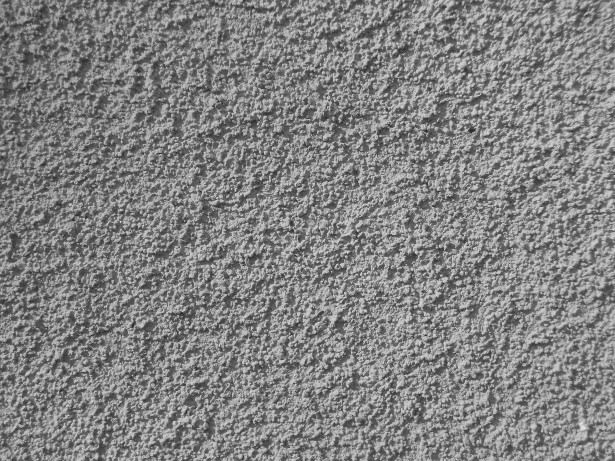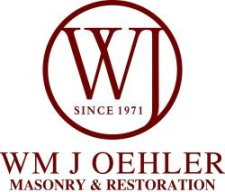 Stucco is a valued siding material for it's attractiveness, durability and as a relatively low-maintenance exterior finish in many parts of the US.
For many, stucco is a huge upgrade from vinyl siding and yet is a less expensive option than brick or stone siding. Stucco is a porous material that absorbs moisture, making it an ideal choice for siding in parts of the country that experience an abundance of dry weather.
In the Philadelphia area, stucco failure is a growing problem since it is a region that experiences a significant amount of yearly precipitation. This precipitation will penetrate the stucco's porous surface and if the stucco was not installed properly and the installer did not employ the use of moisture barriers, weep screeds or flashing; the water will get trapped under the stucco and will absorb into other materials. This could cause a wide range of potential damages.
Aside from moisture problems; poor craftsmanship, inferior aggregate products and failure to install expansion joints are also common causes of stucco failure in our area. Improperly installed stucco can lead to a number of cosmetic and structural issues with your home and can also expose you and your family to potential health hazards.
Below is a list of examples outlining what types of damages stucco failure can cause and the resulting health hazards.
Cosmetic Issues
Stucco is a valued siding material for it's attractiveness, durability and as a relatively low-maintenance exterior finish in many parts of the US.
For many, stucco is a huge upgrade from vinyl siding and yet is a less expensive option than brick or stone siding. Stucco is a porous material that absorbs moisture, making it an ideal choice for siding in parts of the country that experience an abundance of dry weather.
In the Philadelphia area, stucco failure is a growing problem since it is a region that experiences a significant amount of yearly precipitation. This precipitation will penetrate the stucco's porous surface and if the stucco was not installed properly and the installer did not employ the use of moisture barriers, weep screeds or flashing; the water will get trapped under the stucco and will absorb into other materials. This could cause a wide range of potential damages.
Aside from moisture problems; poor craftsmanship, inferior aggregate products and failure to install expansion joints are also common causes of stucco failure in our area. Improperly installed stucco can lead to a number of cosmetic and structural issues with your home and can also expose you and your family to potential health hazards.
Below is a list of examples outlining what types of damages stucco failure can cause and the resulting health hazards.
Cosmetic Issues
- Cracking
- Breaking
- Rotting
- Wood Damage
- Leaks
- Moisture & Mold on Structural Columns
- Respiratory Problems
- Nasal & Sinus Congestion
- Nose, Throat, Skin & Eye Irritation
- Central Nervous System Disorders
- Cracking or Breaking
- Brown streaks appear below the corners of windows or where windows are joined
- Brown streaks appear at intersections of walls and roofs
- Interior Signs
- Leaking windows or doors
- Bottoms of windows are discolored
- Base trim is warped
- Wet carpet
- Moldy smell in the home
